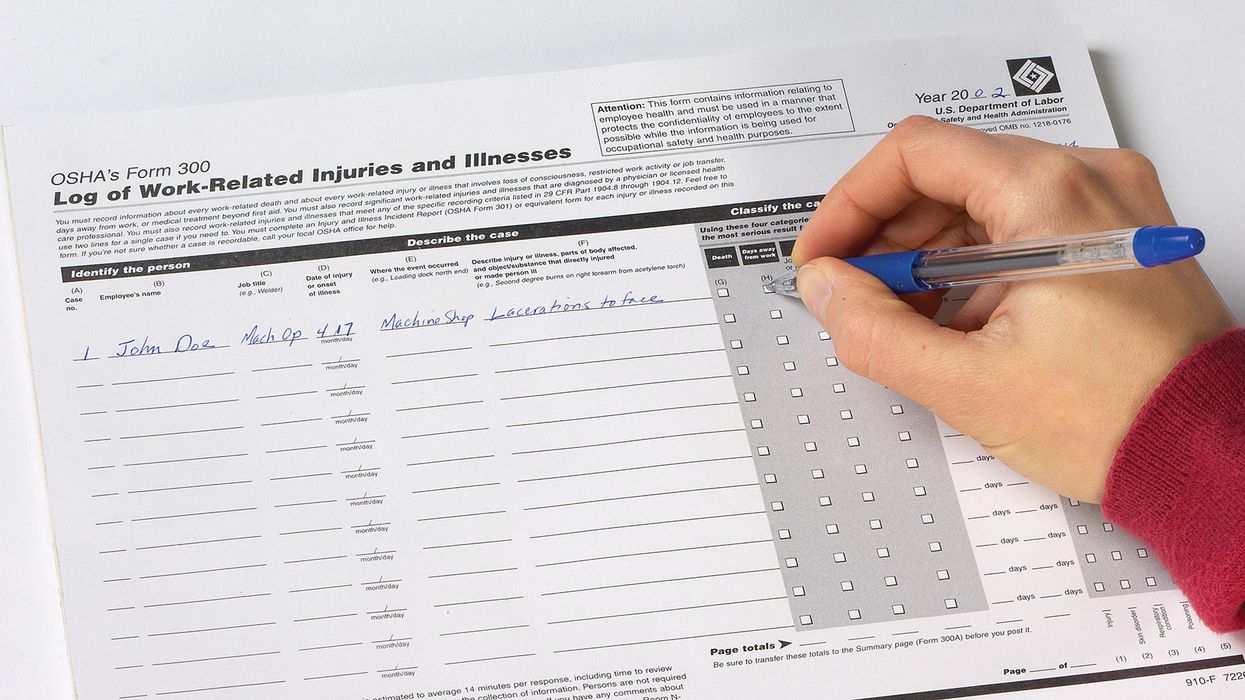If long hours and fatigue increase injuries, can OSHA cite you?
Employees working long hours can experience fatigue-related accidents. The National Institute for Occupational Safety and Health (NIOSH) noted that many studies show a relationship between fatigue and injuries, but the extent of this relationship is unclear.
More injuries occur during evening shifts (18 percent higher) and night shifts (30 percent higher) compared to day shifts, and fatigue is likely a factor. This leads employers to question how many hours OSHA will allow employees to work. However, OSHA does not regulate the number of hours worked, does not require breaks, and does not require a minimum sleeping or rest period between shifts.
The federal Fair Labor Standards Act does address hours worked. That law requires overtime pay after 40 hours, at least for most employees, but it does not require breaks. Under federal law, employers could require employees to work 16 hours per day (or more) without breaks. For most workers aged 18 and older, there is no federal limit on daily or weekly hours. However, state agencies may require employers to provide breaks or meal periods, or may require paying overtime after eight hours per day (including Alaska, California, and Nevada).
Minors under 18 years of age may have restrictions on hours worked, and certain occupations have limited hours, such as airline pilots or interstate truck drivers. In addition, states may limit consecutive hours for professions like nurses. However, OSHA does not enforce those limits.
OSHA citations
Even though OSHA does not limit working hours, the agency can cite employers under the General Duty Clause. A Letter of Interpretation dated July 12, 2016, says, “OSHA has long been aware of the hazards of sleep deprivation from working night shifts and has addressed this serious issue in public forums. OSHA has also issued citations to companies when they ignored the human factor of employee fatigue from excessive overtime.”
This doesn’t mean OSHA can cite a company just because employees felt tired and someone got injured. To prove a violation of the General Duty Clause, OSHA must show that:
- The employer failed to address a hazard to employees;
- The hazard was recognized;
- The hazard was causing or was likely to cause death or serious physical harm; and
- There was a feasible and useful method to correct the hazard.
How much is too much?
Factors such as age, health conditions, and activities outside of work all affect the number of hours an employee can work before fatigue becomes a safety concern. In addition, the type of work affects the seriousness of potential injuries, since some jobs are more dangerous than others.
The General Duty Clause applies to hazards likely to cause “death or serious physical harm,” so a fatigued office worker might not generate a citation. However, if a machine operator gets seriously injured after working long hours, OSHA might issue a citation.
Considering the adverse effects of fatigue on both safety and productivity, employers should watch for signs of fatigue and encourage employees to take sick time or vacation if their fatigued condition may pose a threat to themselves or others. Employers can even send employees home if they arrive unfit for work, such as showing up hungover on two hours of sleep. If that employee holds a safety-sensitive position, the worker’s condition might even be a “recognized hazard” that employers are obligated to address.
Key to remember: Employers should evaluate work duties and hours to determine if fatigue might be contributing to increased injuries.


















































